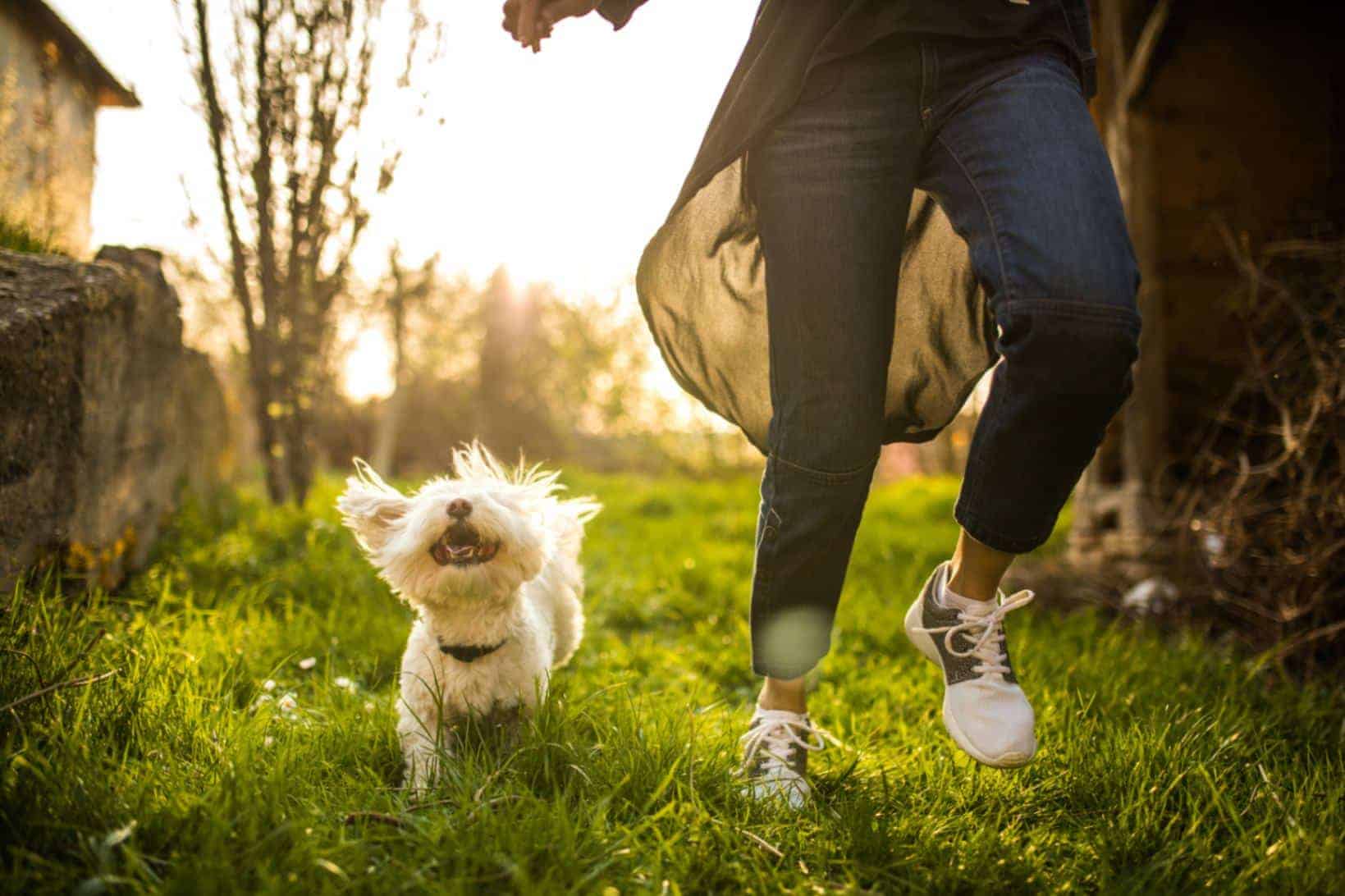Understanding your pet’s learning pace is essential for tailoring training sessions to their individual needs, ensuring effective communication, and fostering a positive learning experience.
Mastering the Power of Patience: Unlocking Your Pet’s Full Potential
Pet training is an essential aspect of responsible pet ownership. It not only helps to ensure the safety and well-being of your furry friend but also strengthens the bond between you and your pet. However, pet training can be a challenging and sometimes frustrating process.
This is where patience comes into play. Patience is a crucial virtue that every pet owner should possess when it comes to training their pets. It allows you to remain calm, understanding, and persistent, even in the face of difficulties. In this article, we will explore the importance of patience in pet training and how it can benefit both you and your pet.
Understanding the Importance of Patience in Pet Training
Patience in pet training refers to the ability to remain calm and composed while working with your pet to teach them new behaviors or correct unwanted ones. It involves understanding that training takes time and consistency, and that your pet may not learn or respond immediately.
Patience is important in pet training because it allows you to create a positive learning environment for your pet. It helps you avoid becoming frustrated or angry, which can hinder the training process and damage the trust between you and your pet.
The Benefits of Being Patient with Your Pet
Being patient with your pet has numerous benefits. Firstly, it helps to improve your pet’s behavior. When you approach training with patience, you are more likely to use positive reinforcement techniques rather than punishment or force.
This creates a positive association for your pet and encourages them to repeat desired behaviors. Additionally, patience allows you to understand your pet’s individual learning style and pace, which can vary from one animal to another.
Furthermore, being patient with your pet can improve their overall well-being. Training provides mental stimulation for pets, which is essential for their overall happiness and fulfillment. By being patient and consistent in your training efforts, you are providing your pet with the opportunity to learn new skills and engage in activities that keep their minds active and stimulated.
Common Challenges in Pet Training and How Patience Can Help
Pet training can present various challenges, and patience is key to overcoming them. One common challenge is the time it takes for a pet to learn a new behavior. Some pets may pick up on commands quickly, while others may take longer to grasp them. Patience allows you to give your pet the time they need to understand and respond to your training efforts.
Another challenge is dealing with unwanted behaviors. It can be frustrating when your pet continues to engage in behaviors that you are trying to correct. However, patience is essential in this situation. It allows you to remain calm and consistent in your training methods, which increases the likelihood of success.
Developing a Patient Mindset: Tips and Techniques for Pet Owners
Developing a patient mindset is crucial for successful pet training. Here are some practical tips and techniques for pet owners:
1. Set realistic expectations: Understand that training takes time and that your pet may not learn or respond immediately. Set realistic goals and be patient with the process.
2. Break down tasks into smaller steps: If you are teaching your pet a complex behavior, break it down into smaller, more manageable steps. This allows your pet to understand and master each step before moving on to the next.
3. Use positive reinforcement: Reward your pet with treats, praise, or playtime when they exhibit desired behaviors. Positive reinforcement encourages your pet to repeat these behaviors and helps build a positive association with training.
4. Take breaks when needed: If you or your pet are becoming frustrated or tired during a training session, take a break. This allows both of you to reset and come back with a fresh mindset.
The Role of Positive Reinforcement in Building Patience and Trust with Your Pet
Positive reinforcement is a powerful tool in pet training that can help build patience and trust between you and your pet. It involves rewarding your pet for exhibiting desired behaviors, which encourages them to repeat those behaviors in the future. By using positive reinforcement techniques, you create a positive and rewarding training experience for your pet, which strengthens the bond between you.
Positive reinforcement also helps to build patience by focusing on the progress and successes rather than the mistakes or failures. When you reward your pet for even small steps in the right direction, it motivates them to continue learning and trying. This approach fosters a patient mindset in both you and your pet, as you both understand that learning takes time and effort.
Building a Strong Bond with Your Pet through Patience and Consistency
Patience and consistency are key to building a strong bond with your pet. By being patient, you show your pet that you are understanding and supportive, which helps to build trust. Consistency is equally important because it provides clear expectations for your pet and reinforces the training principles you are teaching them.
To apply these principles in pet training, establish a routine and stick to it. Consistently reinforce desired behaviors and correct unwanted ones. Be patient with your pet’s progress and avoid getting frustrated or giving up. By consistently practicing patience and being consistent in your training efforts, you will build a strong bond with your pet based on trust and understanding.
Avoiding Frustration and Burnout: How Patience Can Help You Stay Motivated
Pet training can be challenging, and it’s easy to become frustrated or burnt out. However, patience can help you stay motivated throughout the process. By understanding that training takes time and effort, you can set realistic expectations for yourself and your pet. This helps to avoid feelings of frustration or disappointment when progress is slower than expected.
Additionally, practicing patience allows you to focus on the positive aspects of training rather than dwelling on setbacks or failures. Celebrate small victories along the way, as they serve as motivation to continue working with your pet. Remember that patience is a virtue, and by staying patient and persistent, you will ultimately achieve your training goals.
The Connection between Patience and Effective Communication with Your Pet
Patience plays a crucial role in effective communication with your pet. When you are patient, you are more likely to listen and observe your pet’s behavior, allowing you to understand their needs and desires better. This understanding forms the foundation of effective communication.
Furthermore, patience allows you to give clear and consistent cues or commands to your pet. By remaining calm and composed, you can communicate your expectations in a way that your pet can understand. This reduces confusion and frustration for both you and your pet, leading to more effective training sessions.
Overcoming Setbacks and Obstacles in Pet Training with Patience and Perseverance
Setbacks and obstacles are inevitable in pet training, but patience and perseverance can help you overcome them. When faced with a setback, take a step back and reassess the situation. Be patient with yourself and your pet as you work through the challenge.
Perseverance is also crucial in overcoming obstacles. It’s important to remember that progress is not always linear, and setbacks are a natural part of the learning process. By staying patient and persevering through these challenges, you will ultimately achieve success in your pet training journey.
Patience as a Key to Unlocking Your Pet’s Unique Abilities and Talents
Every pet has unique abilities and talents waiting to be discovered, and patience is key to unlocking them. By being patient, you allow your pet the time they need to explore their interests and develop their skills. This can include activities such as agility training, scent work, or even learning tricks.
Patience also allows you to recognize and appreciate your pet’s individual strengths and talents. By observing their behavior and responses during training, you can identify areas where they excel and tailor their training accordingly. This not only enhances their abilities but also strengthens the bond between you and your pet.
Celebrating Success: Recognizing the Rewards of Patience in Pet Training
Celebrating success is an important part of pet training and recognizing the rewards of patience. When your pet achieves a training milestone or exhibits a desired behavior, take the time to acknowledge and celebrate it. This can be done through verbal praise, treats, or even a special play session.
Celebrating success not only reinforces the desired behavior but also boosts your pet’s confidence and motivation to continue learning. It also serves as a reminder of the progress you have made together, which can be particularly rewarding after putting in time and effort.
In conclusion, patience is a crucial virtue in pet training. It allows you to remain calm, understanding, and persistent throughout the training process. By being patient with your pet, you can create a positive learning environment, improve their behavior and overall well-being, and build a strong bond based on trust and understanding.
Remember to set realistic expectations, use positive reinforcement techniques, and celebrate success along the way. With patience as your guide, you can navigate the challenges of pet training and enjoy a rewarding journey with your furry friend.
Johny is a dedicated pet enthusiast, author, and the driving force behind the insightful content at PetSWAT. With a deep passion for animals and a wealth of knowledge acquired through years of experience, Johny brings a unique perspective to the world of pet care and companionship.



